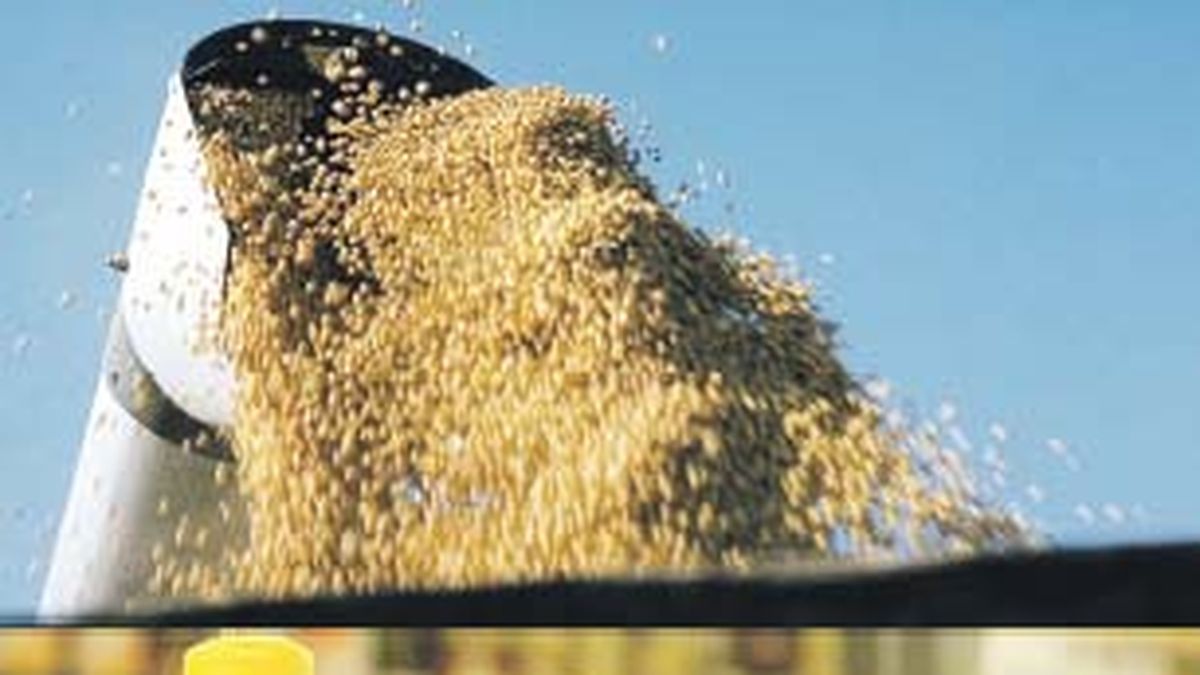About, Gustavo IdigorasExecutive Director of Ciara – Cec, the chamber that brings together the main agro-exporters that operate in the country, detailed in dialogue with Ámbito: “Argentina is India’s leading supplier of soybean oil, to whom we sell for around US$3 billion a year, with which this export quota is very good news for the industry because it could gain even more market. In sunflower oil Ukraine was the first and Russia the second supplier in India and now they have disappeared, so it is a good opportunity for Argentina to enter this market with force. ANDhe only point to keep in mind is that our annual sunflower oil export capacity does not exceed 800,000 tons to the whole world, which is why we are looking for producers to plant more sunflowers in the face of a phenomenal demand that should be taken advantage of.”
Another key point is that currently the soybean processing industry has an idle capacity of around 49%, that is, the sector needs more and better quality soybeans to produce more and go out into the world to sell the product. The possibility of reaching India with a market quota without tariffs until 2024 presents itself as the ideal opportunity for agro-export companies to finally achieve a higher level of processing. That, in addition, would bring with it a higher income of foreign exchange for the country. Meanwhile, as data, soybean oil is not relevant for domestic consumption, so its export should not have a direct impact on domestic prices.
In any case, the truth is that the food crisis is already a reality in the world. As a result of the war between Russia and Ukraine and the weaknesses that were exposed in the supply chain from the Covid pandemic, according to the UN, there are currently 49 million people in 43 countries who are on the brink of hunger. That is why various countries began to act to ensure not only the supply of raw materials for agriculture and energy, but also so that food prices stop rising in their markets and thus stop the growing inflation. From the United States, through India and Argentina, among many others, they implement various formulas to stop this process that threatens the world economy.
India, for example, came out with the toe caps, not only banning wheat exports, but also lowering excise duties on fuels and also removing import duties on some raw materials used in the steel and plastics industry. .
To gauge the impact of the war between Russia and Ukraine, nothing better than numbers. Ukraine alone has the capacity to feed 400 million people from its production of corn and wheat, grains that today are not being able to leave the country besieged by war. This situation not only has a direct impact on rich European countries, but also on poorer countries like Africa, which are net buyers of its production.
For its part, Russia is the main exporter of nitrogenous fertilizers and natural gas, and the second largest exporter of crude oil on a global scale. Meanwhile, in Ukraine, its wheat production accounts for a third of world exports of this cereal, as well as producing 80% of the world’s sunflower oil and 19% of corn.
According to World Bank forecasts, the interruption of exports of these goods will mean that the price of energy will rise by more than 50% this year and that of agricultural products by more than 20%, which are already at historical maximum levels.
Meanwhile, in Argentina, various measures are still being discussed to curb inflation and the increase in food prices, ranging from compensatory mechanisms to raising withholdings on cereals. For the time being, the truth is that inflation continues to rise while market opportunities appear in the middle that could collaborate with the foreign exchange income that the local economy needs so much.
Source: Ambito
David William is a talented author who has made a name for himself in the world of writing. He is a professional author who writes on a wide range of topics, from general interest to opinion news. David is currently working as a writer at 24 hours worlds where he brings his unique perspective and in-depth research to his articles, making them both informative and engaging.




